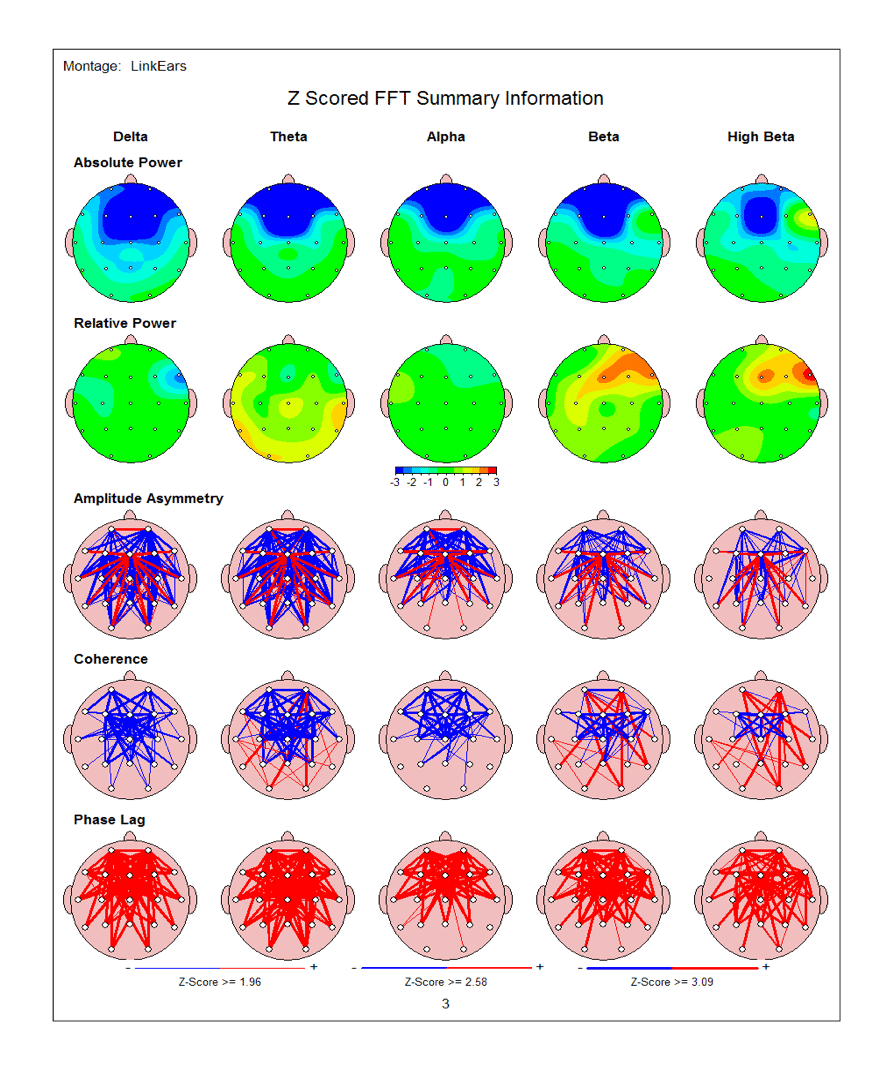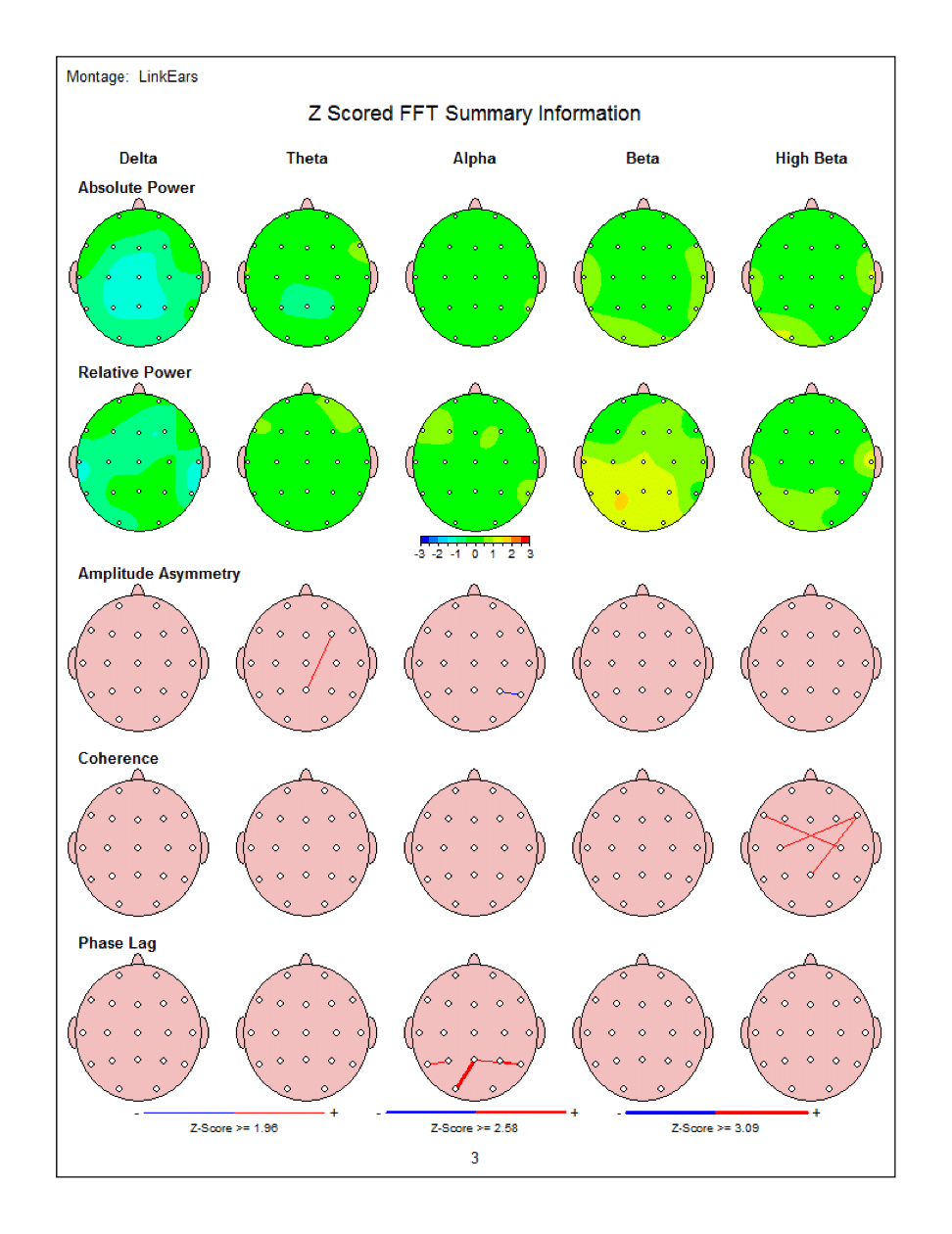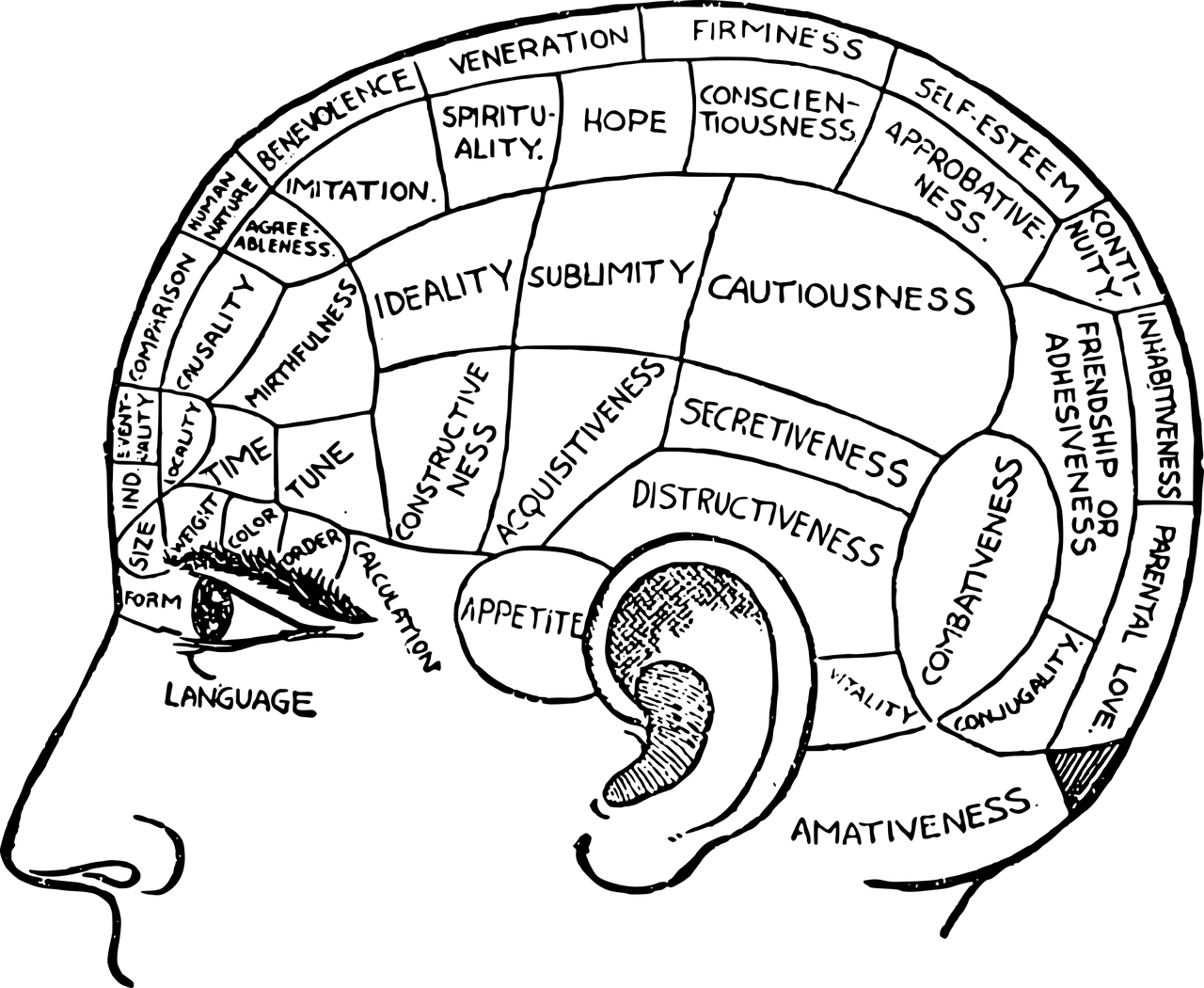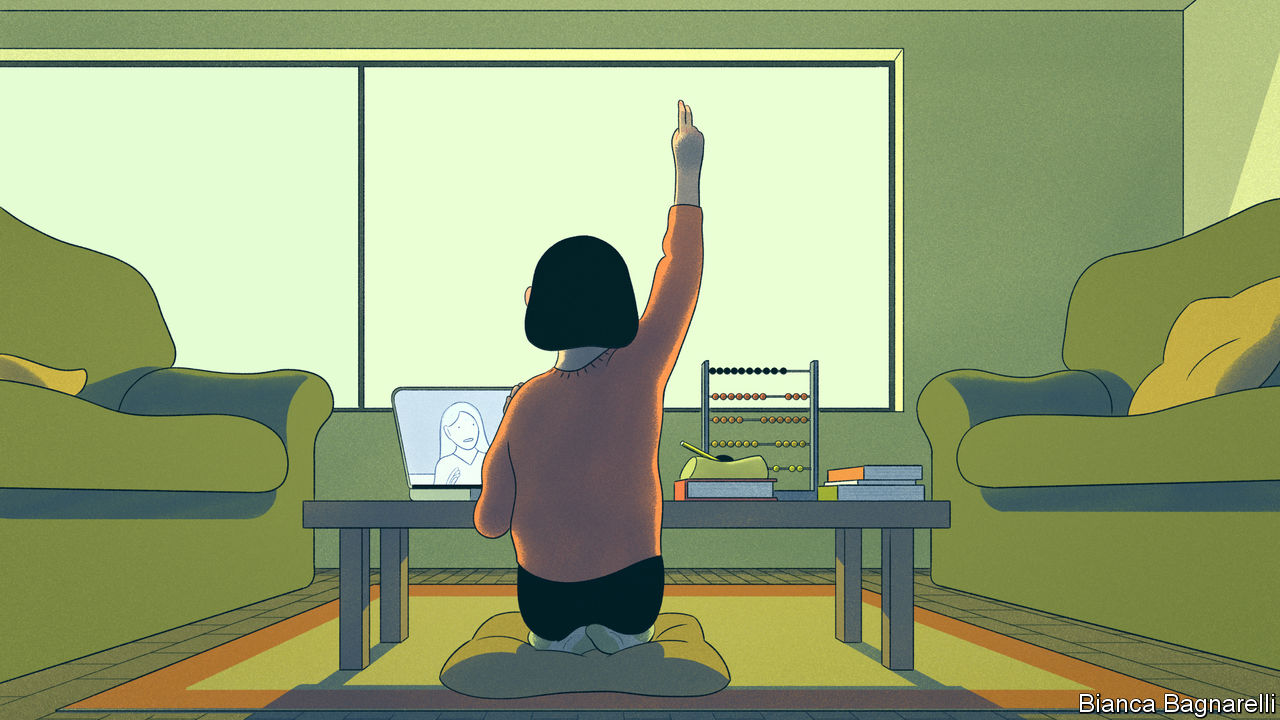DMA Neurocognitive Training: Case Study
NEUROSCIENCE | Oct. 24, 2019
Read time: < 1 Minute
For this week, we're going to be picking up from where we left off in our last post and dive deeper into neurocognitive science with a case study conducted by our own psychologist, Todd Nadeau.
For this week, we're going to be picking up from where we left off in our last post and dive deeper into neurocognitive science with a case study conducted by our own psychologist, Todd Nadeau.
Todd is a performance psychologist who has done lots of work utilizing EEG and Brain Mapping practices with his patients. And with that experience, he has taken on the role of DMA's Neurocognitive Training administrator, conducting and implementing all the aspects of neuroscience present in DMA's ELP.
So without further ado, let's take a look at one of Todd's case studies he recorded from working with one of his patients.
***Some of the verbiage in this post might seem like a foreign language so we recommend having this page of terms and definitions open in a separate tab.
Pre-Treatment:
This patient had a brain injury after being involved in a motor vehicle accident. He was 21 years-old living in TBI Rehab Facility as an Inpatient. He had cognitive and emotional issues that were preventing him from living independently. These illustrated brain maps can be better understood by the following:
-
Green is normal.
-
Blue is hypo-activity (less electrical activity).
-
Yellow/Orange/Red is hyper-activity (dysregulated electrical activity).
*The color indicators above are reflected in the Absolute & Relative Power representations.
-
Blue lines reflect hypo-activity; that is, poor communication with other regions of the brain.
-
Red lines reflect hyper-activity; areas of the brain that are compensating due to dysregulation.
The measures of connectivity (Asymmetry, Coherence & Phase) are normal if there are no red or blue lines.

You can see from this patient's Brain Map that there was a deficiency of electrical activity covering the frontal lobe region of his brain. The frontal lobe can be seen the "Gate Keeper" of our judgment and inhibition, regulating emotional traits and the ability to concentrate. This fact, then, validates the patients struggle to regulate his emotions because his frontal lobe was damaged severely during the car accident.
Another significant finding revealed by this Brain Map can be seen in the measures of connectivity between the different regions of the patient's brain. For example, if we look at the results of the Amplitude Asymmetry, it is evident that both blue and red lines are suffocating the frontal region of his brain. The blue lines exist in correlation with the blue hypo-activity flooding the Absolute Power measurement. In response, the other regions of the brain were attempting to compensate for the lack of activity in the frontal lobe, giving us a mess of red lines weaving in and out of the blue ones. One region wasn't reaching its optimal performance capabilities while other regions were being pushed to perform at a level at which they're not capable of doing so.
This is a common problem in brains of students who learn differently. One area of the brain is underperforming, leaving the rest of the brain to pick up the slack and spreading function capabilities too thin.
Although a problem is present, this shows why our brain is the most amazing organ ever created by God: The Neuroplasticity of the human brain allows it to adapt to its given circumstances. Utilizing the brain's neuroplasticity, Todd was able to carry out a drug-free treatment that focuses on training (instead of manipulating) this patient's brain so that it returns to a state of balance in communication between brain regions.
After one year of treatment in Todd's Neurocognitive Training program, you can see the amazing changes this patient's brain has made.

Post-Treatment:
Here, there's virtually no concentration of hypo-activity present in the frontal lobe, bringing the electrical activity to equilibrium. We see a near absence of red and blue lines in the measures of communication, allowing the frontal to talk and communicate efficiently with the other brain regions.
And as a result of this patient's work with Todd, he was able to leave the rehabilitation center and return to Michigan State University to complete his degree!
We hope you were able to learn something from this post. The results are so exciting to us and we just want to show you how these unconventional approaches can have such a positive impact on a young mind. Stay tuned for more on Brain Mapping and look out for details on some of the treatment procedures Todd has found success using!
P.S. We are about 3 weeks into our Pilot Program and the students really seem to be enjoying the program too! Keep an eye out for pictures and videos on our social media if you'd like to get a better look at what's happening.
- Liquid Software
- 555-555-5555
- liquidsoftwarellc.com
© Copyright 2026 Liquid Software L.L.C. Web Design by Top Shelf Creative Studios.



